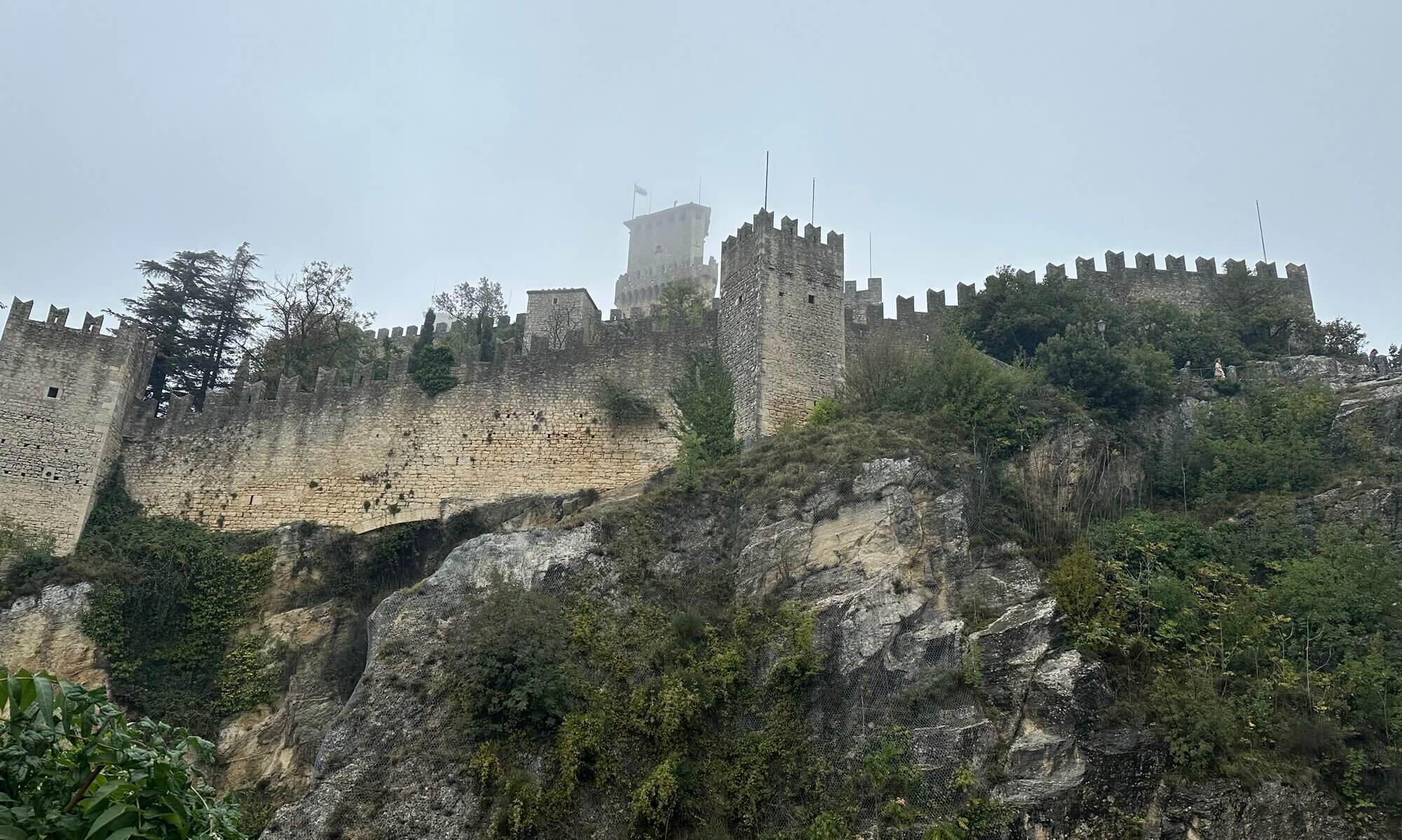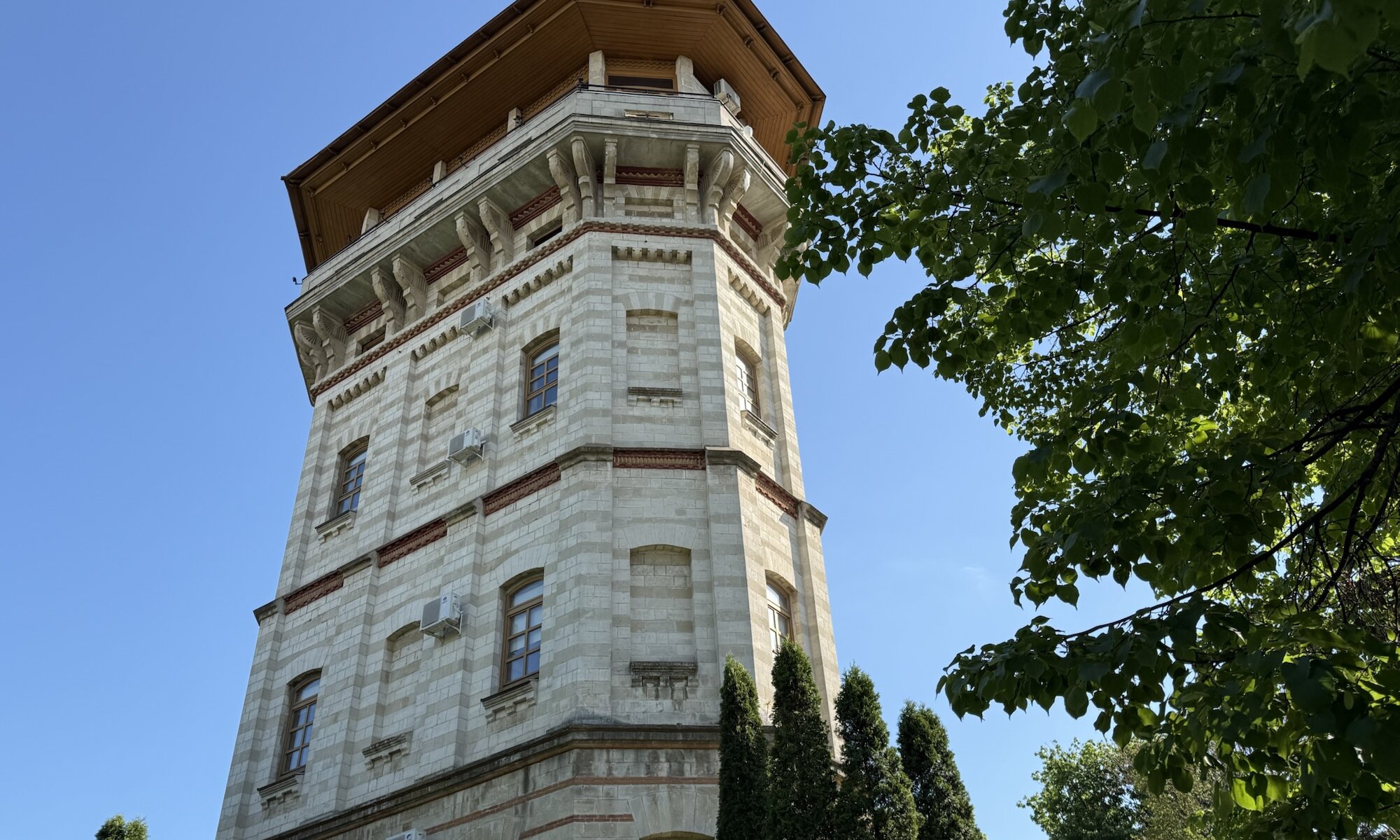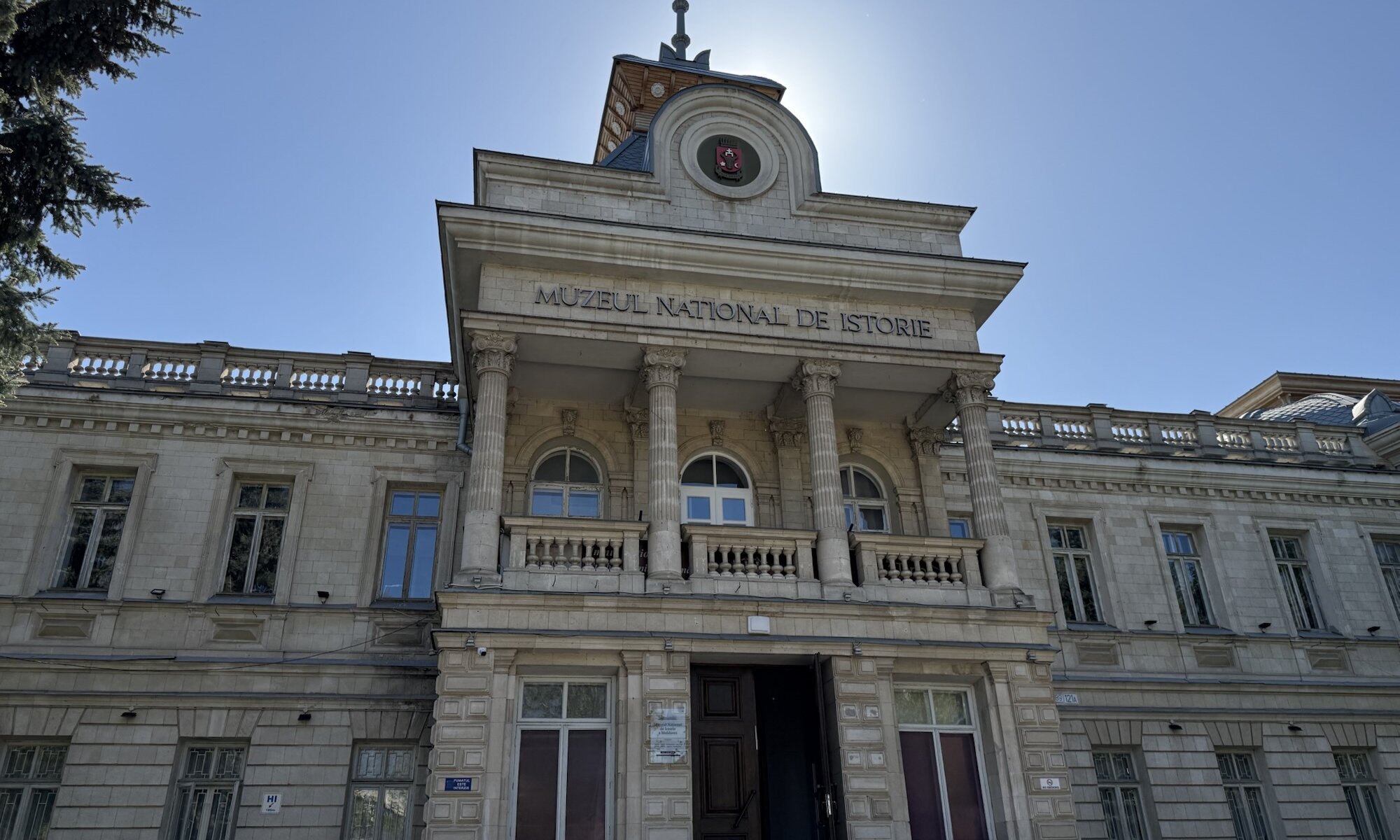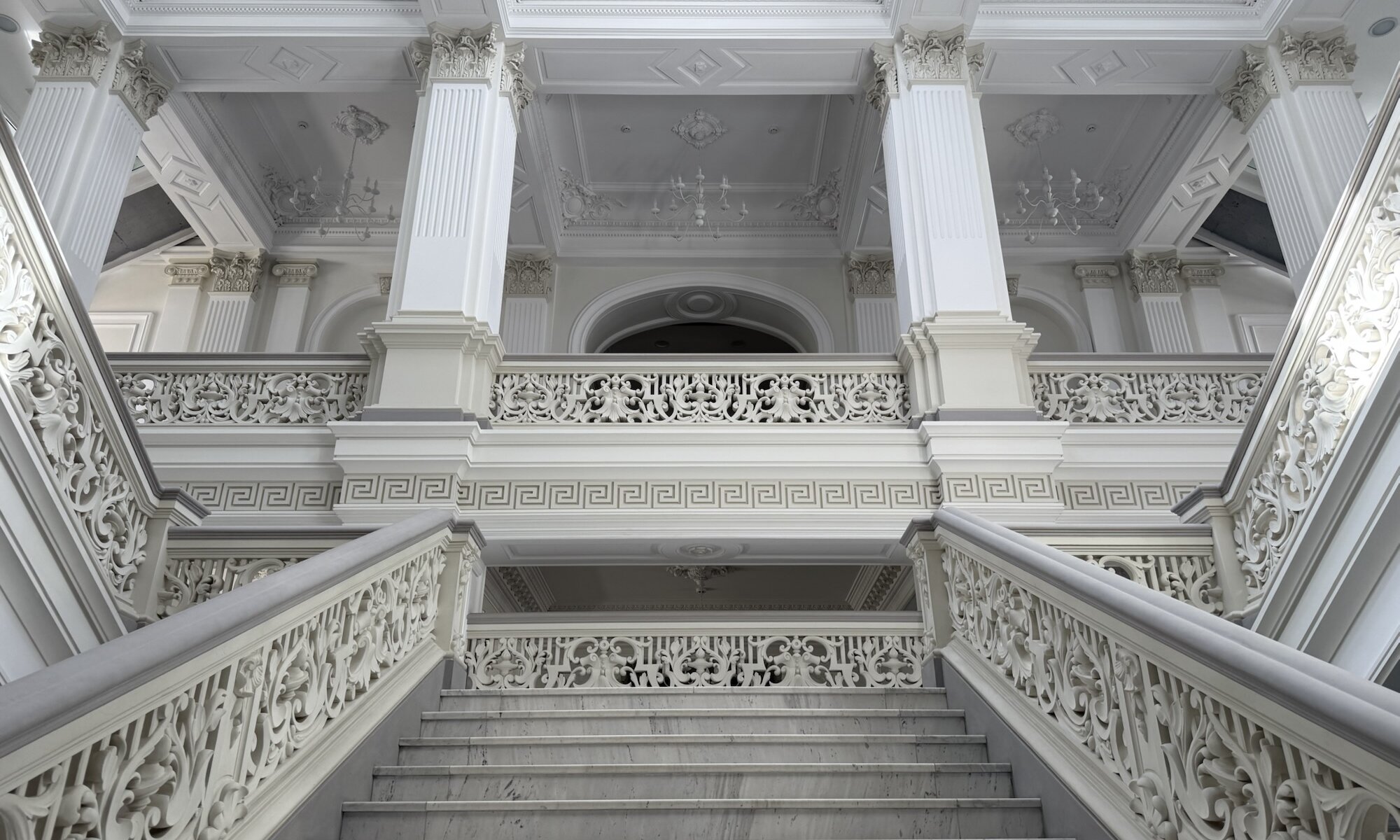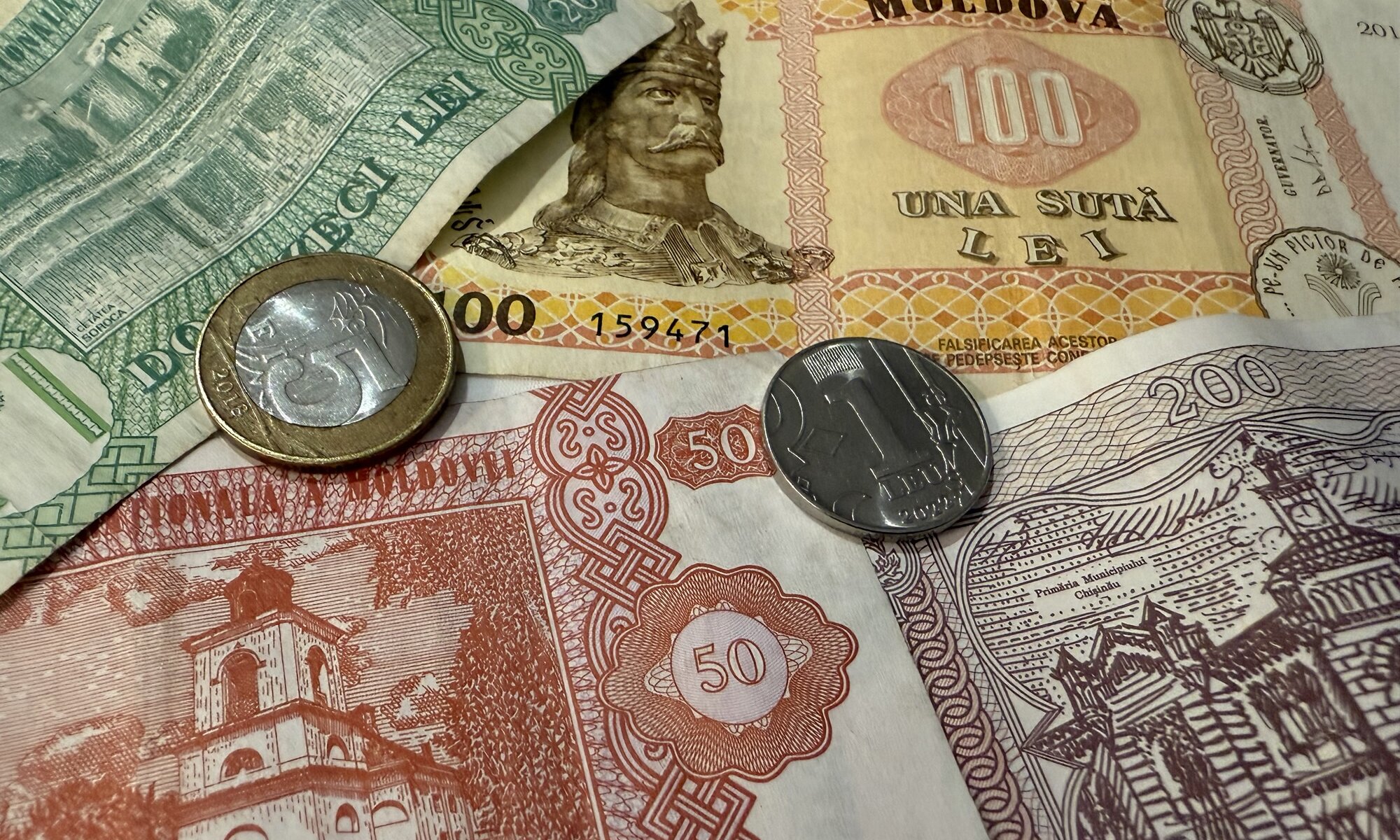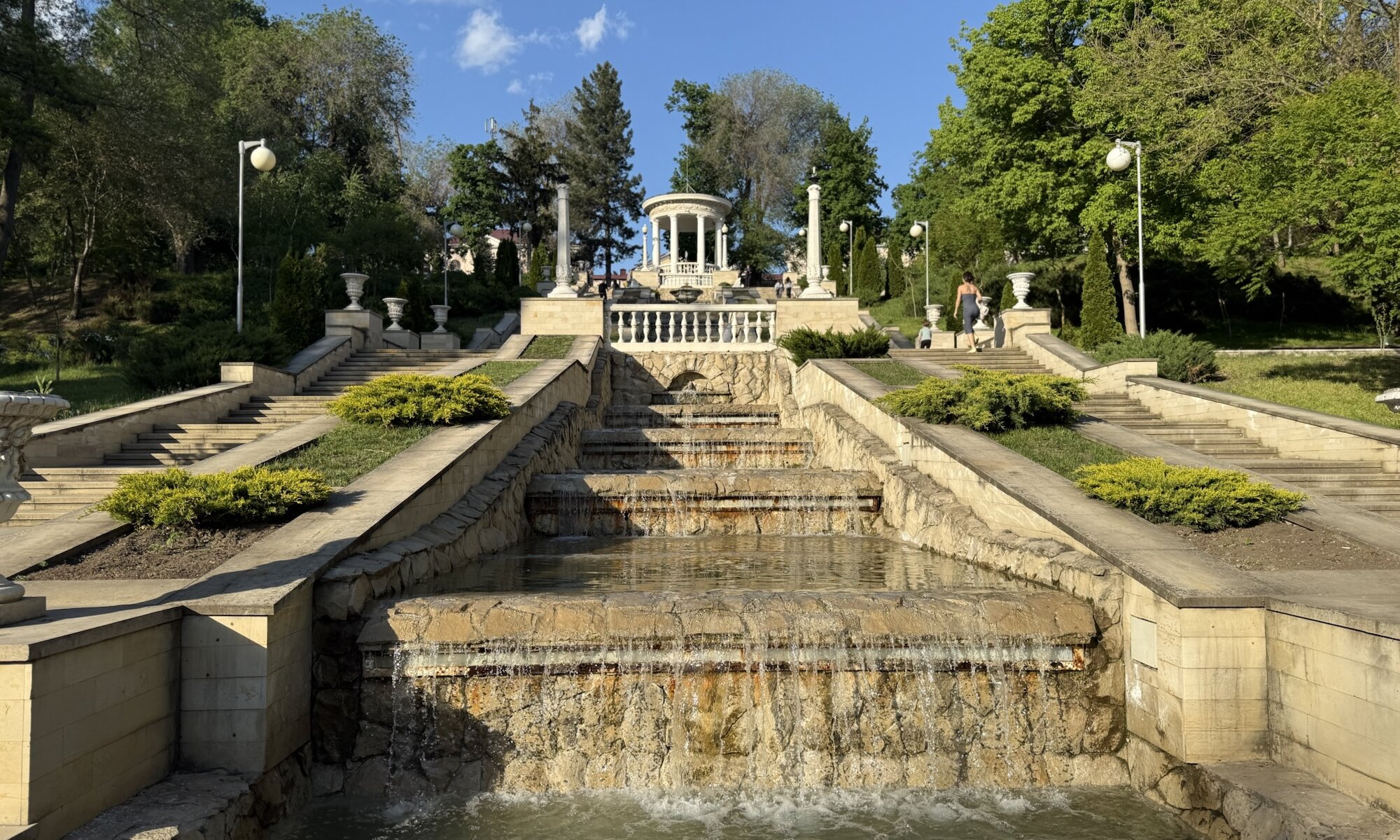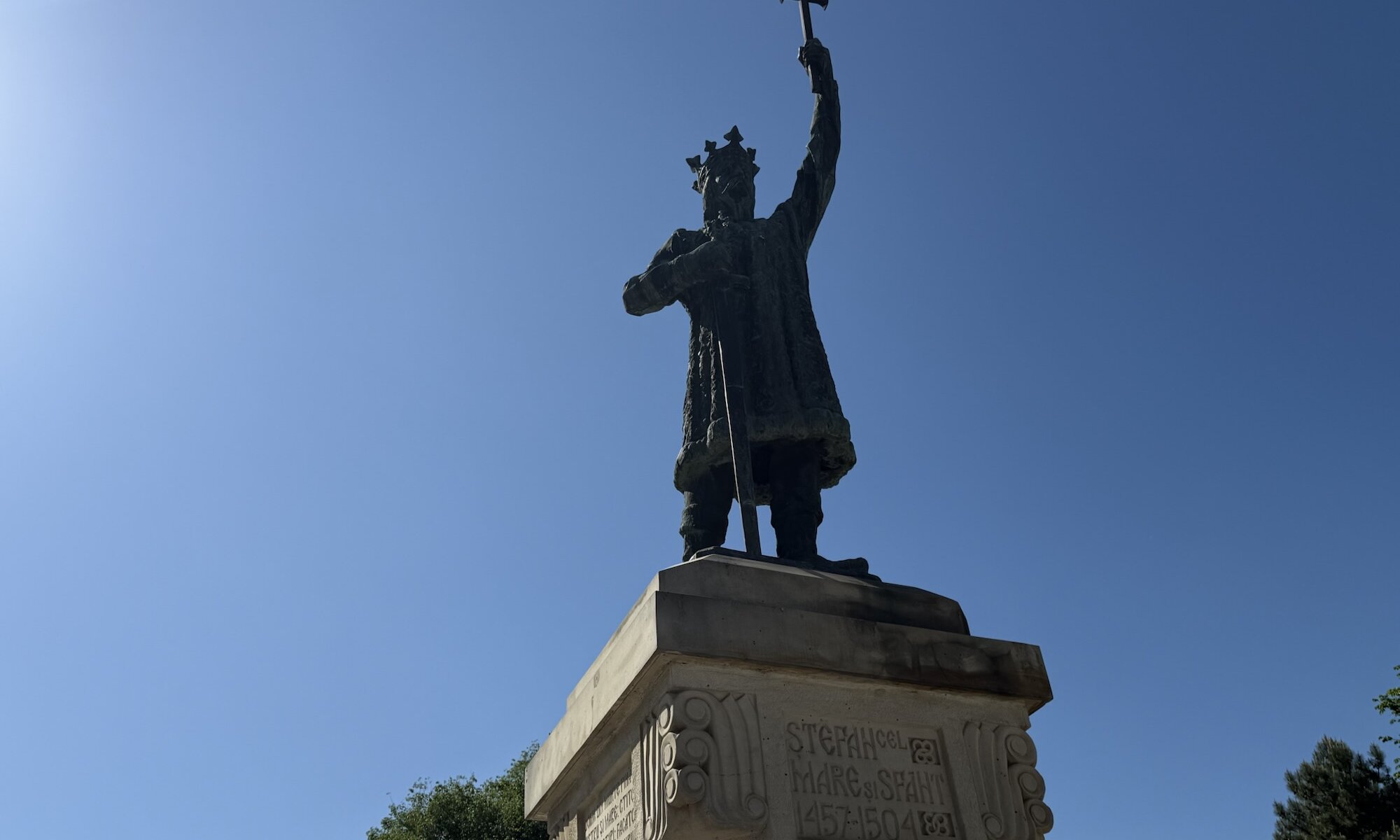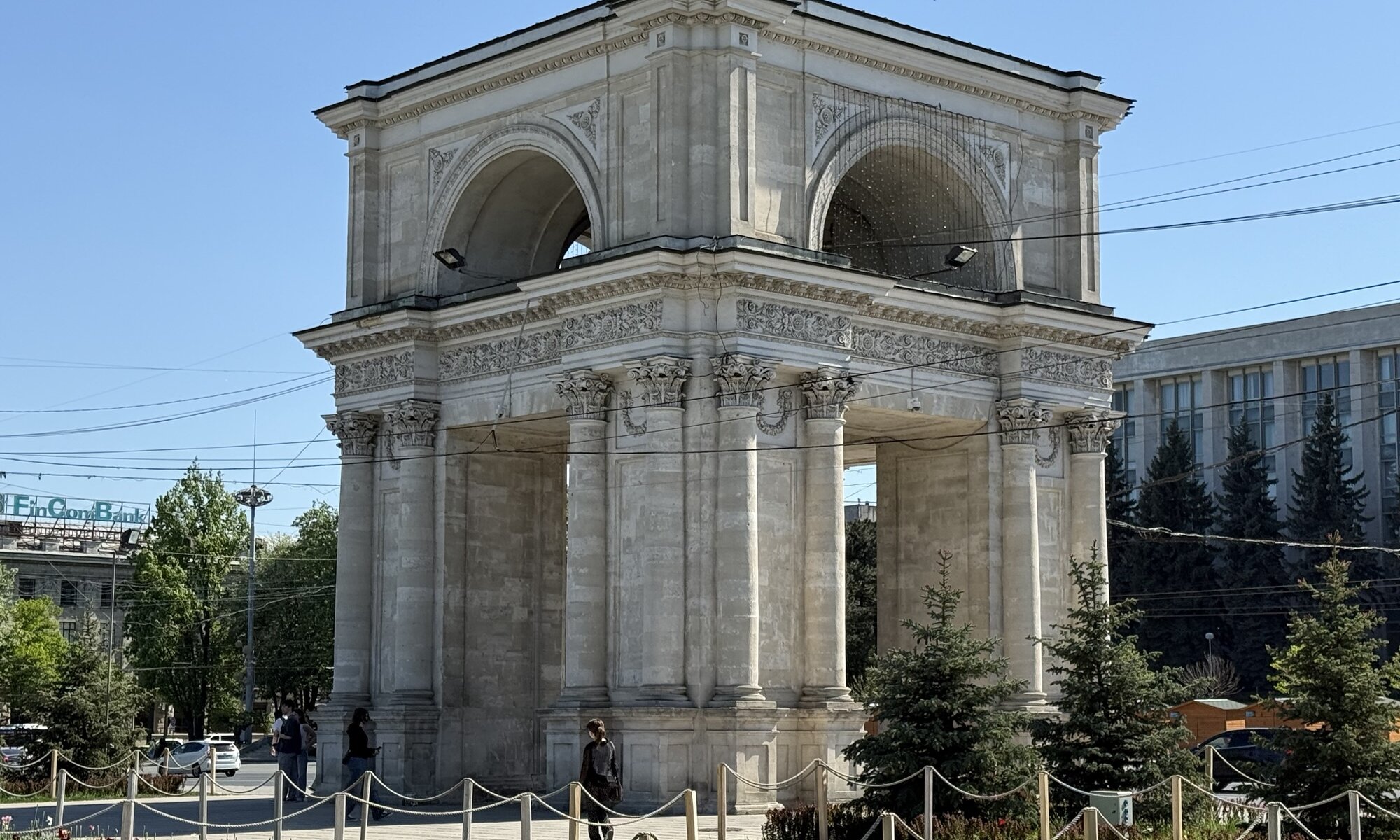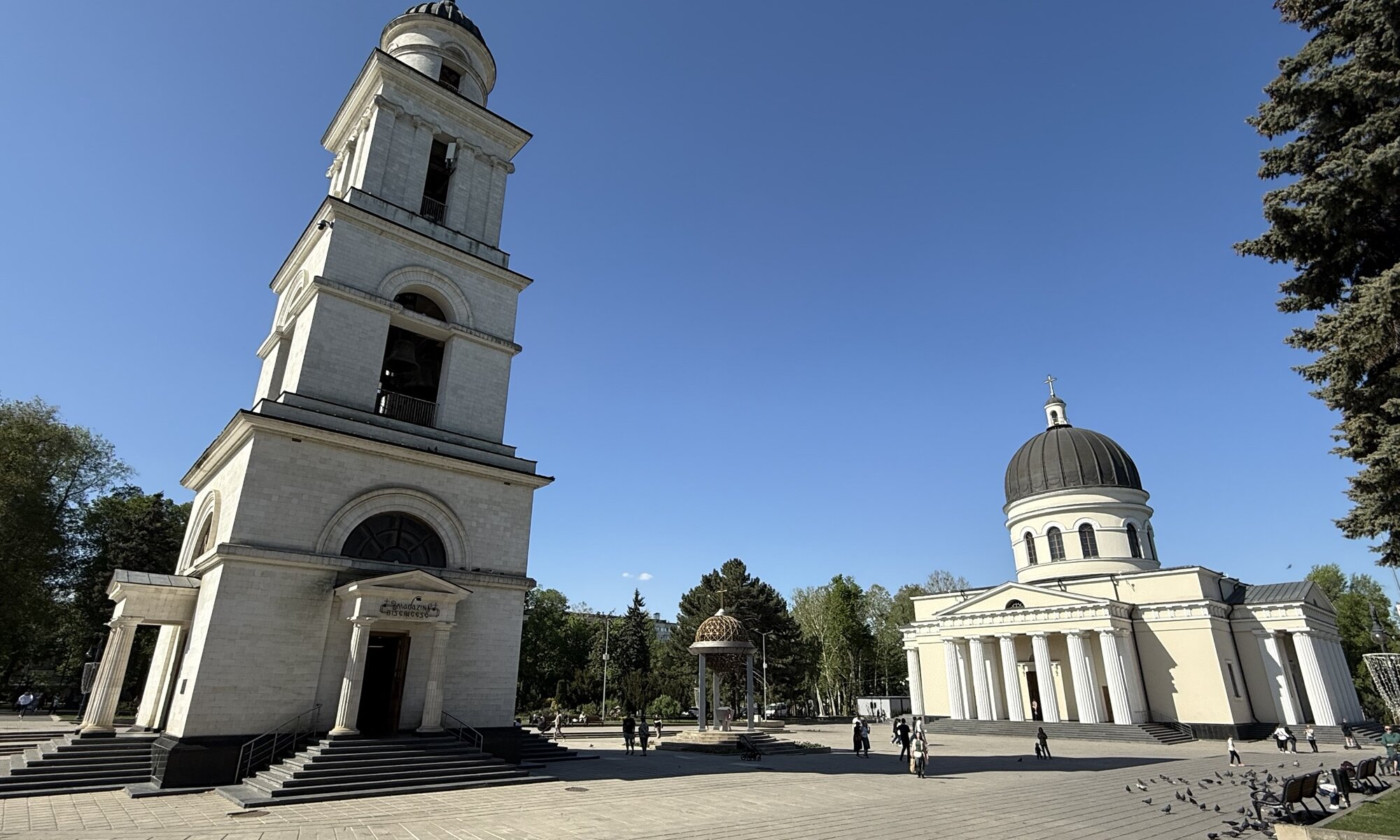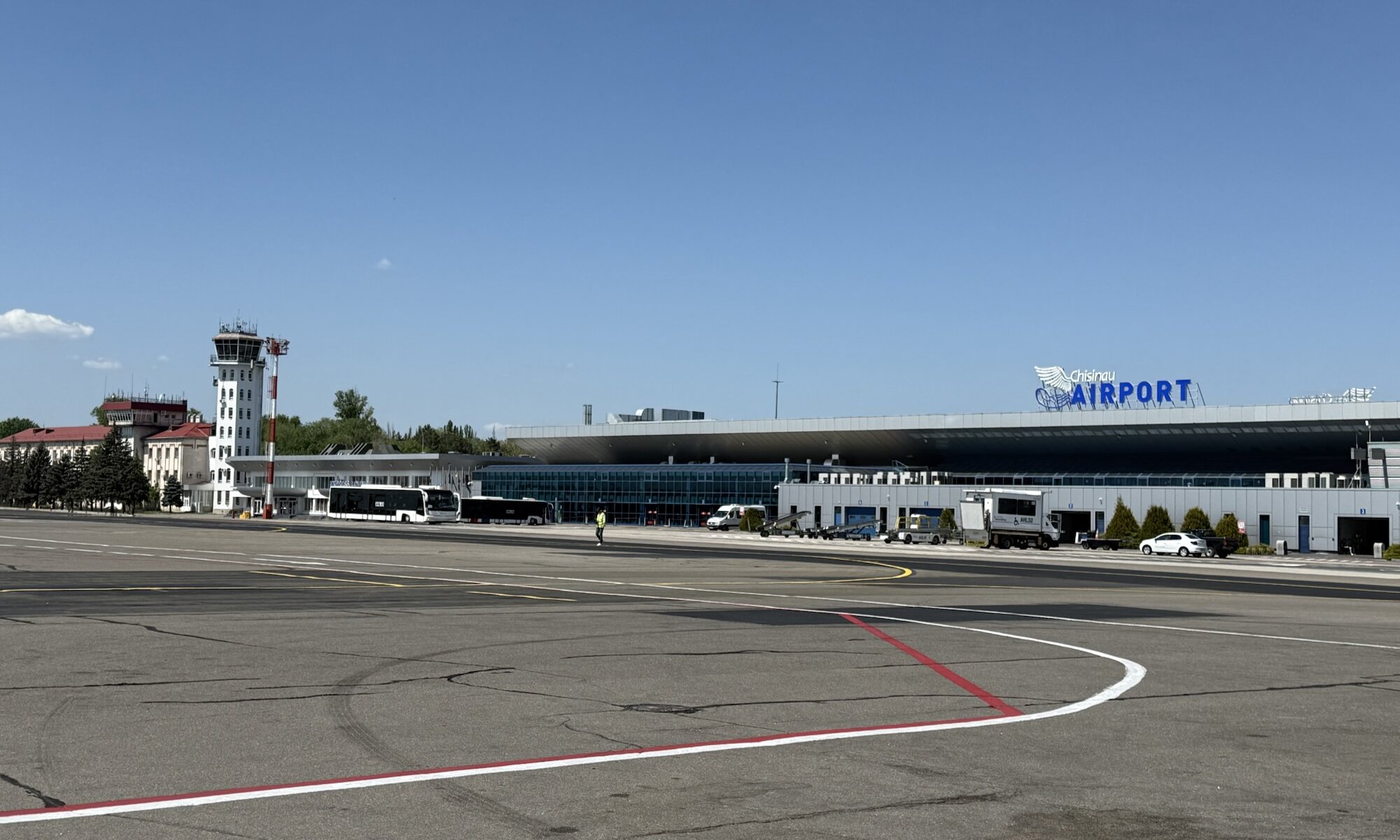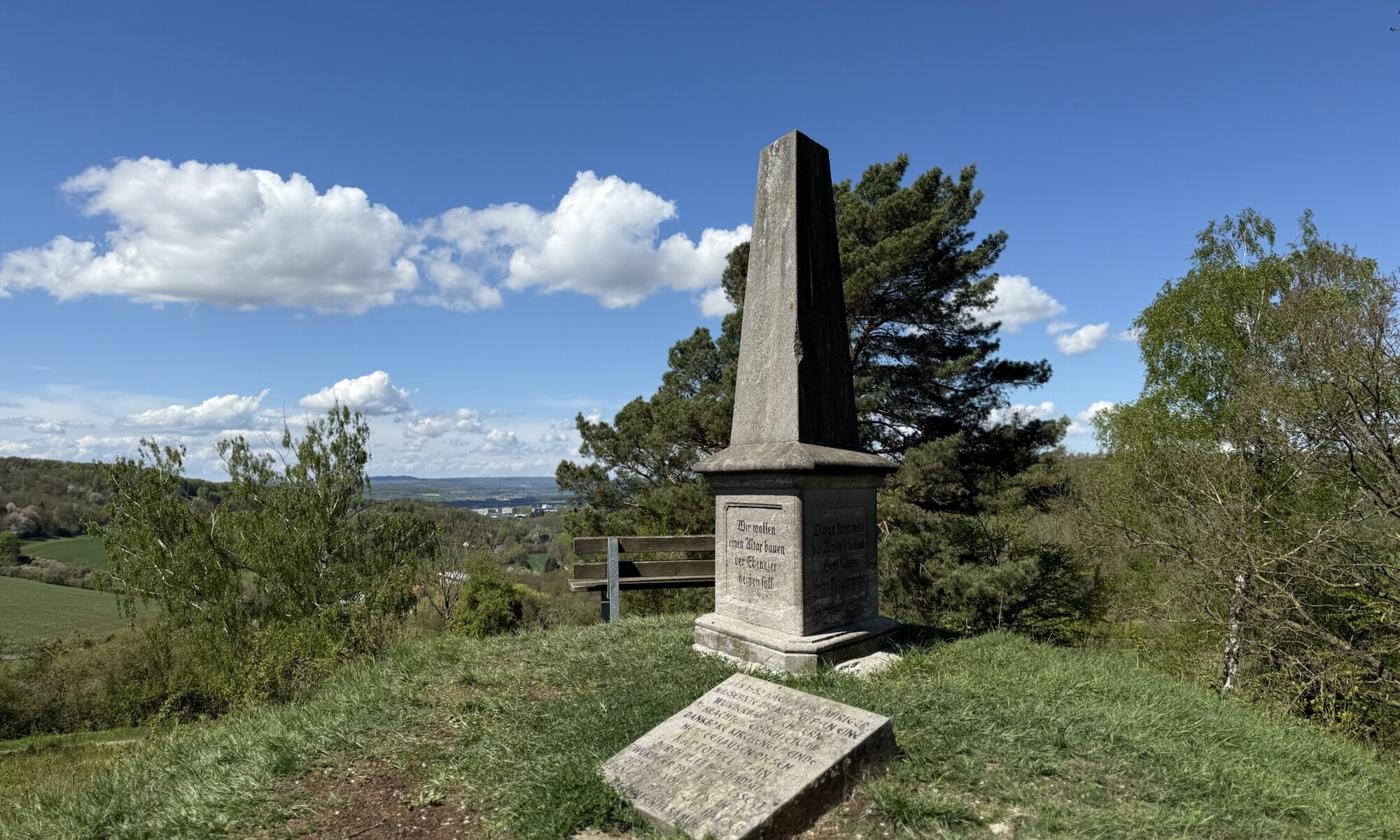The Turnul de apă (water tower) in Chișinău is a significant architectural monument built at the end of the 19th century by architect Alexander Bernardazzi. Originally constructed to serve as a water supply tower for the city, it is located on one of the highest points in Chișinău and stands 22 to 27 meters tall, built with local stone and brick in an eclectic style. The tower played a crucial role in the development of the city’s first sewerage network during mayor Karl Schmidt’s term and functioned as a water tower until 1940, after which it was used by firefighters.
Continue reading “Turnul de apă”Moldovan history
The Muzeul Naţional de Istorie a Moldovei, or National History Museum of Moldova, is centrally located in Chişinău and stands as one of the country’s most significant cultural institutions. The museum is housed in a monumental two-storey building constructed between 1980 and 1987, after the original 19th-century boys’ gymnasium was severely damaged by an earthquake and subsequently demolished. The new structure preserves elements of the old eclectic style, including decorative features reminiscent of the original assembly hall, and faces the historic 31 August 1989 street, making it a prominent landmark in the city’s architectural landscape.
Continue reading “Moldovan history”Artă
The Muzeul Național de Artă al Moldovei (National Museum of Fine Arts of Moldova) is the leading art institution in Chișinău, founded in 1939 by sculptor Alexandru Plămădeală and French painter Auguste Baillayre. Located in the city center, the museum is housed in several historic buildings, including the former girls’ gymnasium established by princess Natalia Dadiani and the ornate Vladimir Herța house, both remarkable examples of late 19th and early 20th-century architecture. With a collection exceeding 39,000 works, the museum offers a comprehensive overview of the development of fine arts from the 15th to the 21st century.
Continue reading “Artă”Moldovan leu
The Moldovan leu is the official currency of the Republic of Moldova, introduced on November 29, 1993, following the country’s declaration of independence from the Soviet Union. Before the leu, Moldova used a temporary currency called the cupon, which replaced the Soviet ruble for a short period. The introduction of the leu marked a significant step in Moldova’s transition to a market economy and the establishment of its independent monetary policy.
Continue reading “Moldovan leu”Valea Morilor
Parcul Valea Morilor, or the Valley of the Mills Park, is one of Chișinău’s largest and most beloved green spaces, located in the Buiucani district. The park was established in 1950 at the initiative of Leonid Brezhnev and was originally named the ‘Central Park of Culture and Rest of the Leninist Commune‘. Its current name comes from the artificial lake at its heart – Valea Morilor lake – which translates to ‘Valley of the mills‘, referencing the watermills that once dotted the area. Designed by architect Robert Kurz, the park covers 114 hectares, with the lake itself spanning 34 hectares.
Continue reading “Valea Morilor”Ștefan (but not me)
Parcul Ștefan cel Mare, also known as Stephen the Great Park, is the oldest and most cherished green space in central Chișinău. Established in the early 19th century, it spans about 7 hectares and is a favorite gathering spot for both locals and visitors, especially during the warm months. The atmosphere is peaceful yet lively, with shaded walkways, mature trees, and benches where people relax, read, or enjoy conversations. In the heart of the park, a beautiful fountain provides a refreshing centerpiece, while children’s playgrounds and merry-go-rounds make it a welcoming place for families.
Continue reading “Ștefan (but not me)”Arcul de Triumf din Chișinău
The Arcul de Triumf din Chișinău, also known as the Triumphal Arch, was built in 1840 by architect Luka Zauschevici to commemorate the Russian Empire’s victory over the Ottoman Empire in the Russo-Turkish War of 1828-29. Located in the heart of the city, next to the Nativity Cathedral and aligned with the city’s main square, the arch has become an integral part of Chișinău’s central architectural ensemble. Originally, it also served as a bell tower, housing a massive 6.4-ton bell cast from captured Turkish cannons, symbolizing both military triumph and local craftsmanship.
Continue reading “Arcul de Triumf din Chișinău”Catedrala Nașterea Domnului
The Catedrala Nașterea Domnului (Cathedral of Christ’s Nativity) is the main Orthodox cathedral in Chișinău, Moldova, and a landmark of national significance. Its construction began in 1830 and was completed in 1836, following the initiative of Metropolitan Gavriil Bănulescu-Bodoni and under the guidance of architect Abram Melnikov, a master of the Russian Empire style. The cathedral was strategically placed at the city center, as indicated in Chișinău’s first urban plan from 1817, and features three altars: the central altar dedicated to the Nativity of Christ, and two lateral altars originally dedicated to St. Alexander Nevsky and St. Nicholas the Wonderworker.
Continue reading “Catedrala Nașterea Domnului”Aeroportul Internațional Chișinău
Chișinău International Airport, known in Romanian as Aeroportul Internațional Chișinău, is the main gateway for air travel in Moldova. Located approximately 14 kilometers southeast of the capital city, Chișinău, the airport serves as the country’s largest and only airport with regular passenger flights. Opened in 1960, it has played a central role in connecting Moldova to various international destinations and was the headquarters for the national airline, Air Moldova.
Continue reading “Aeroportul Internațional Chișinău”Kartoffelstein
The Kartoffelstein near Herberhausen is a commemorative stone that was erected in 1852 by the Herberhausen parish. The occasion was the end of a severe famine caused by several successive potato crop failures, especially in 1846. After a finally successful potato harvest, the community set up this stone as a sign of gratitude. The original stone, an old gravestone from the Roringen cemetery, was damaged several times by lightning and was reworked in 1937 and replaced in 1966 by a weatherproof version made of shell limestone.
Continue reading “Kartoffelstein”